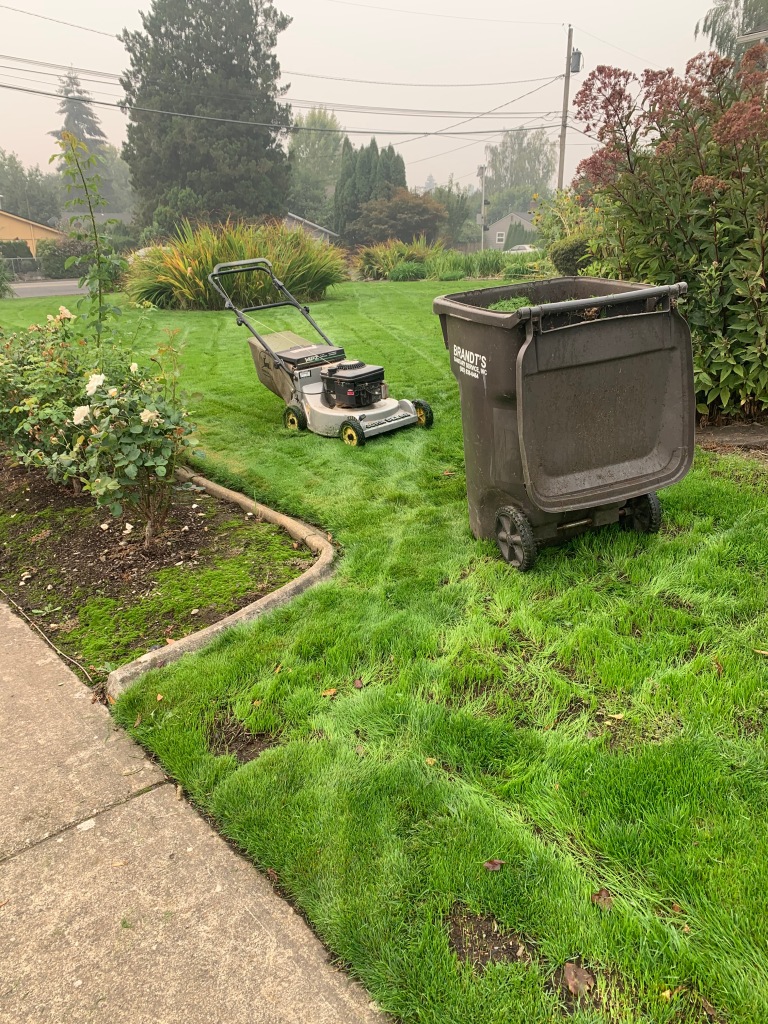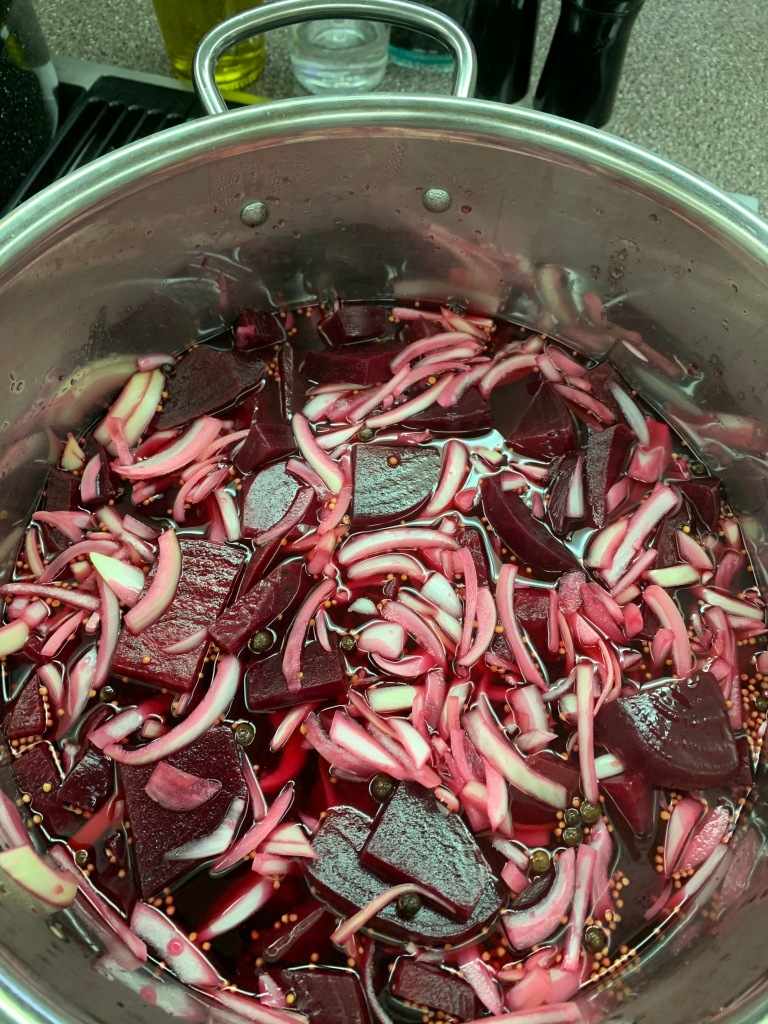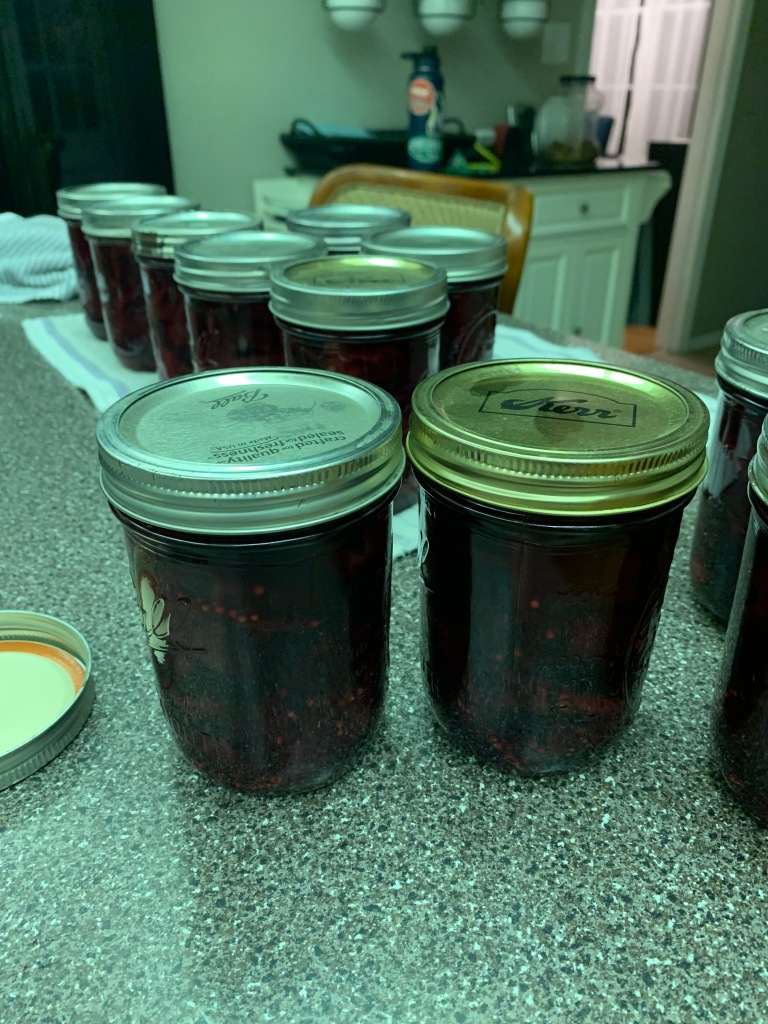What I wanted to talk about today is the contractor communication process. In my experience, this is a weak link in this type of arrangement. I saw it over and over in software where it was impossible to get enough detail to accurately bid jobs. That lead to weak quotes and proposal without a lot of proper detail and gaps. That lead to both sides not being on the same page with expectations.
One trick with bids is to provide the right level of detail. It cannot be so vague as to not provide any specific details or scope of work. It should be clear why this is a problem. Under this circumstance, there are no deliverables, end points or success criteria.
It also cannot be so detailed as to provide line item costs. This one is not quite as clear. Why would too much detail be a problem? Unfortunately, human nature causes people to want to cheapen the price. To do that, they want to eliminate steps that are likely integral to executing the project. Using software again, you can save a lot of money by skipping design or testing. But, if you think that is a good idea then I would argue you are probably not experienced enough to be looking at bids. Nevertheless, just don’t have the detailed conversation in the first place.

Here is the bid that I put together today. I deleted some of the details because this contract is now accepted. But it contains the price first, so the cost is out there. There is an expiration date, so if circumstances change it would need to be requoted. In this case, there is no lead time to order materials. There is an expectation of how long the work will take, where the work will be done and does the bid include materials.
I think that the description is adequate for the scope of what is being done. I didn’t give the exact door so my work of sourcing will be paid for. Or said another way, the client buys the door and pays someone $10/hour to install it. I mention which parts of the old door I will re-use. I will also remove the old door and material.
I took a picture of the door that is to be replaced because this house is empty and I wanted no confusion about which door I was bidding on. If this were a larger project, I would take daily pictures of the progress. I would text them to the client so that there is a chance to intervene before it is too late.
Now, I am not super busy at the moment. I can jump right on jobs immediately. I also know first hand that contractors are notorious for not stating when they will be on site, work consistently on site or the progress of the job. I always believe that honesty is the best policy. With my daily status checks, I also provide my next time on site and what I hope to be completing.
These are some tips that I use successfully, and maybe if you are not in this field you can use the information to get a better bid next time. Have a good weekend.

























Recent Comments